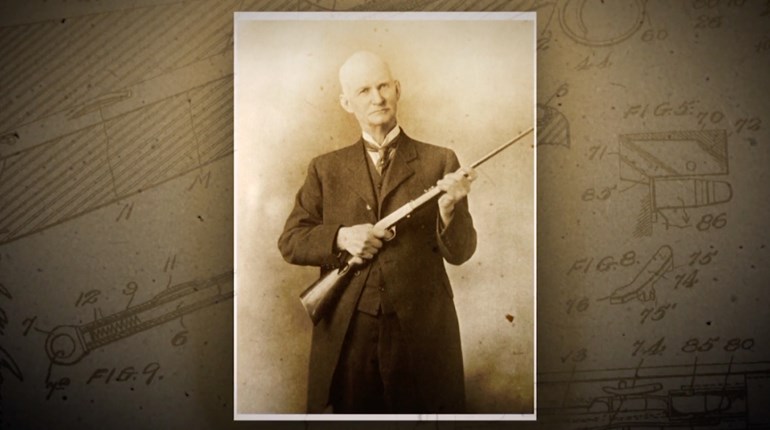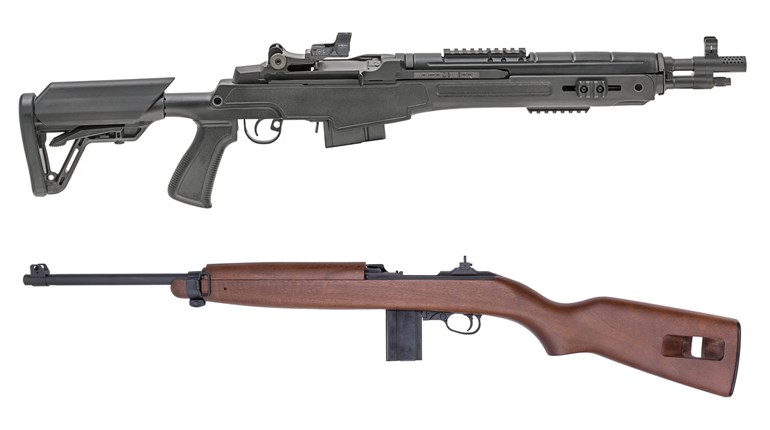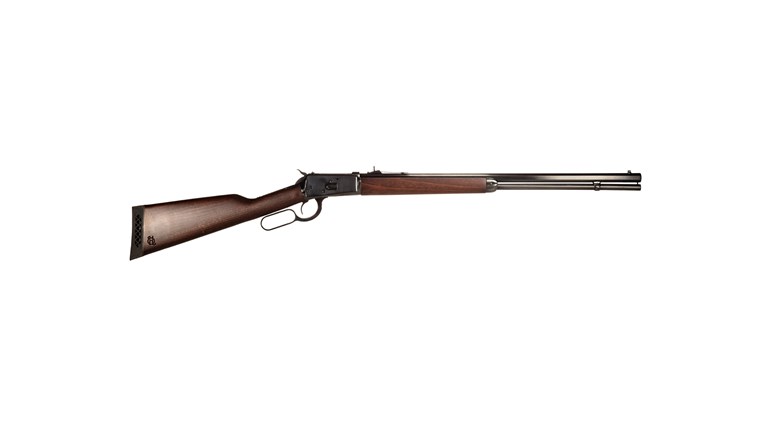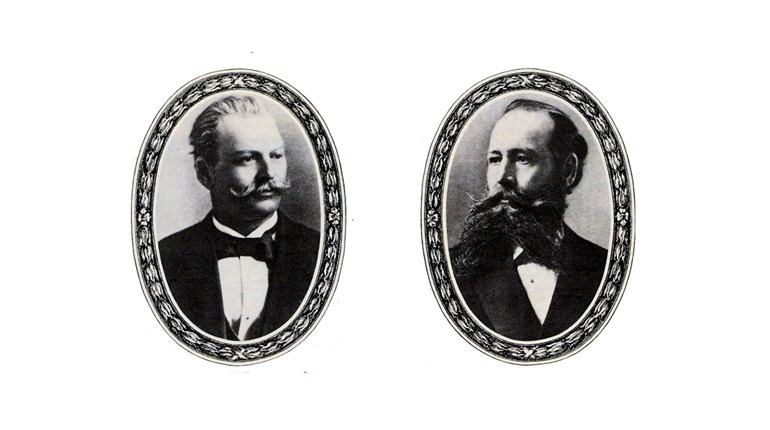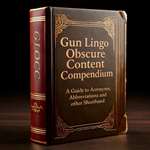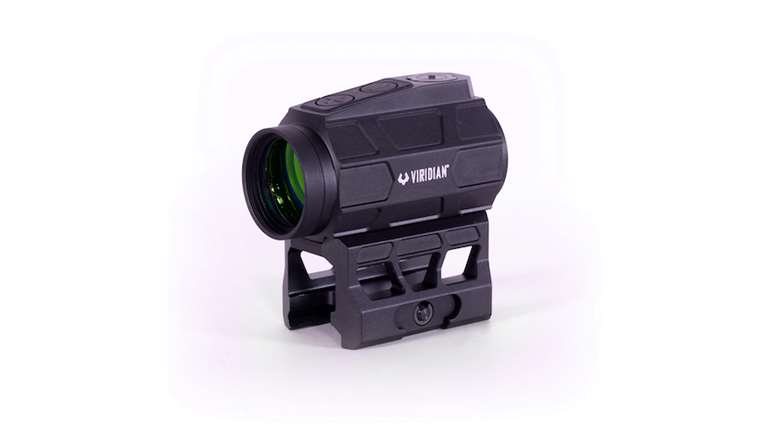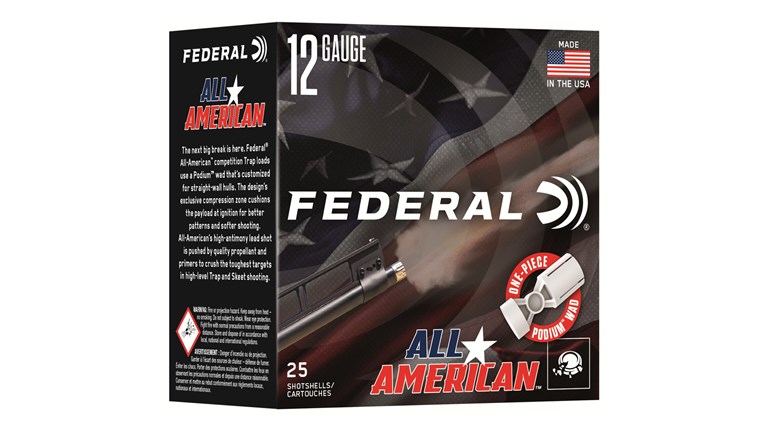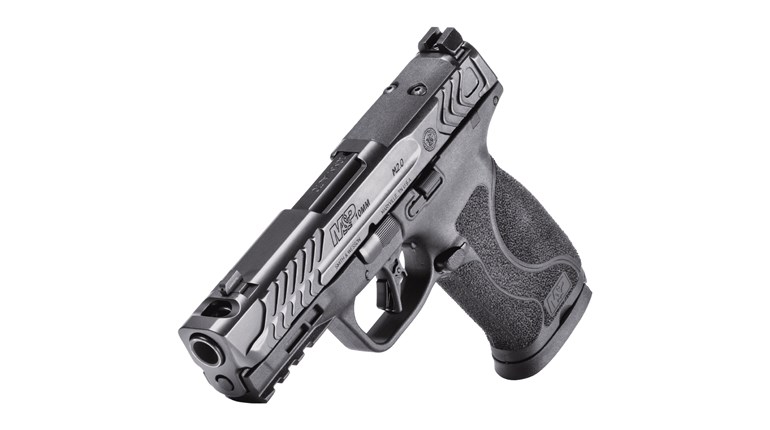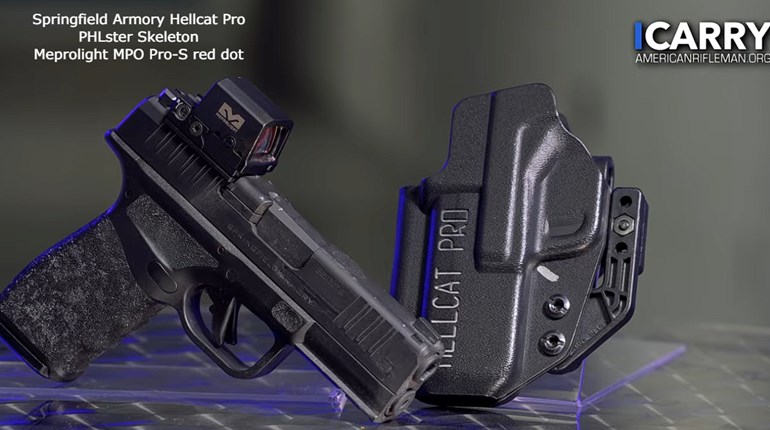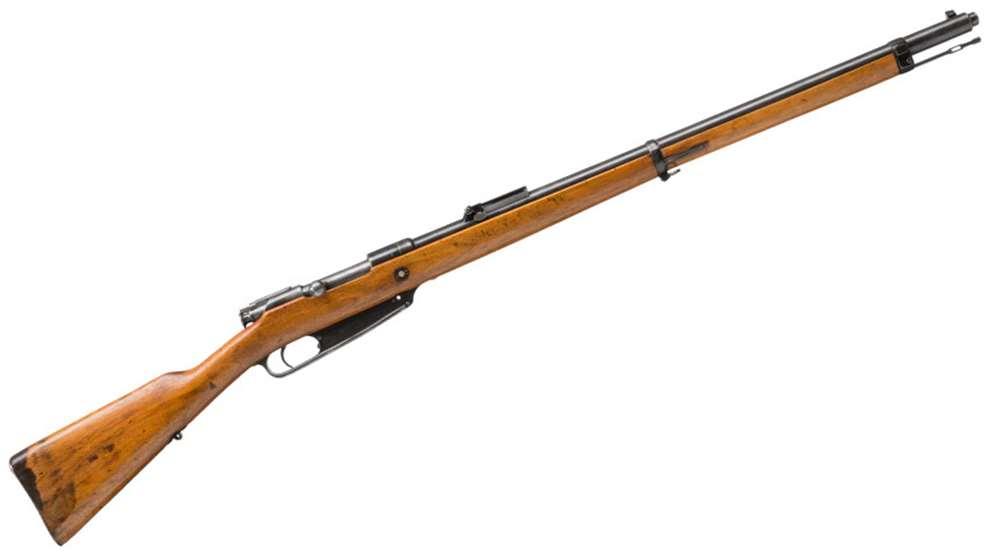
The old German fortress at Namutoni sits on the Southeastern fringe of the Etosha pan, a massive salt lake on the central plateau of what is now known as the Republic of Namibia. Although it might present the kind of colonial charm that appeals to tourists today, the fort’s striking white facade also reminds visitors of a time when conflict touched the Kalahari Basin. On the left side of the main gate is an old plaque presenting these words:

While the plaque provides a basic description of the attack of Jan. 28th, 1904, it does not provide historical context for the battle nor does it provide critical details about the decisive use of firepower during it. After Germans began arriving in Southwest Africa in 1884, it did not take long before they clashed with tribes living in the region. A tentative peace was established in 1894, but encroaching on native lands continued to such an extent that discontent was soon simmering again. The Kaiser’s government responded by dispatching troops to the colony as a protective force—Schutztruppe—to man a series of remote outposts.
A station at Namutoni was established in 1897 to prevent the smuggling of firearms, ammunition and liquor into the colony by way of its Northern frontier. Then, in 1903 the colonial government built a modest yet permanent fort at the site, laying down roots in an area traditionally inhabited by the Ovambo tribal ethnic group. Although German attention in the colony was focused mainly on areas to the south, the Ovambo worried that further expansion might be just around the corner. Then, when another tribe in the region—the Herero—kicked off an armed uprising later that same year, the Ovambo decided to challenge the outpost at Namutoni with a large-scale attack.
The morning of battle, 23-year-old Gefreiter Karl Hartmann was feeding his dog when he looked up and noticed hundreds of Ovambo warriors charging the fort. He shouted a warning to Unteroffizier Fritz Grossman, the station commander, and with that the tiny garrison swung into action.
Grossman had been aware that trouble was brewing for several days, so he already had a plan of action that would take advantage of the fort’s two crenellated towers. Food, water and other supplies were already deposited there in addition to more than 1,000 rounds of ammunition. As the men scrambled to their fighting positions, they carried a weapon that, only 15 years prior, had set a new standard in military firepower: the Model 1888 Reichskomissiongewehr.

Technological development of the military-service rifle surged during the 1870s and 1880s as the imperial powers of Europe entered an arms race. Blackpowder needle guns served through the middle of the 19th century, but then Paul Mauser’s revolutionary Model 1871 single-shot, bolt-action disrupted the state of the art. In response to that, the French began the development of the Lebel—a small-bore, tube-magazine-fed repeater firing an equally revolutionary smokeless cartridge. When it entered service in 1887, the German Empire was still using obsolescent ‘71 Mausers and the writing on the wall clearly indicated a need to modernize.
Toward that end, the German government established a special body—the Gewehr Prüfungs-kommission (Rifle Testing Commission)—the objective of which was the evaluation of the best possible designs for a new small-bore smokeless cartridge, and a new repeating rifle to fire it. What the commission ended-up with was a powerful combination of the two. The Gewehrpatrone-1888 was adopted as a 7.92x57 mm rimless bottlenecked cartridge using smokeless powder to accelerate a 226-grain, round-nose FMJ bullet.
The 1888 Commission Rifle offered Imperial German troops two distinct advantages over the French Lebel: first, loading a five-round en bloc clip could be completed much faster than loading the Lebel’s tube magazine. Second, unlike the Lebel, the basic 1888 design could be easily shortened to become a cavalry carbine—which it ultimately was and given the designation Karabiner 88.
The full-length, 49-inch Commission rifle remained in service with Kaiserliche Schutztruppe in German colonial Africa through the turn of the 20th century. That is why it armed the seven men who defended the outpost at Namutoni on Jan. 28, 1904. The Commission Rifle served them well, helping them fight off the attack despite being outnumbered 70 to one. Many Ovambo warriors attacking the compound that day carried the Martini-Henry single-shot rifle, and the volume of fire they produced could not match that produced by the seven men in the two towers armed with the Commission Rifle.












